(673 products available)









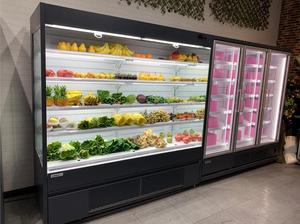






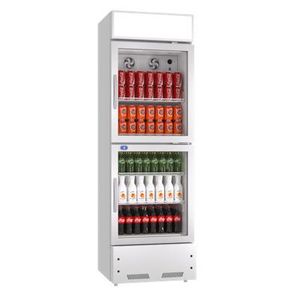




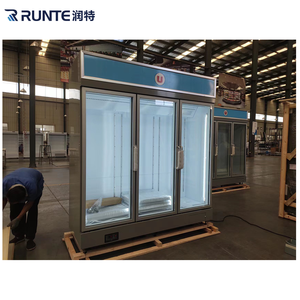

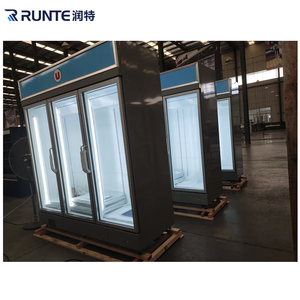








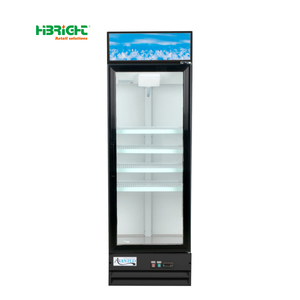















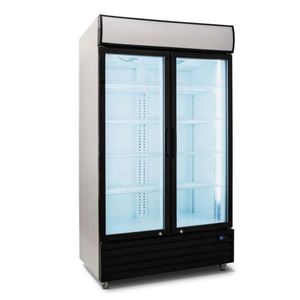
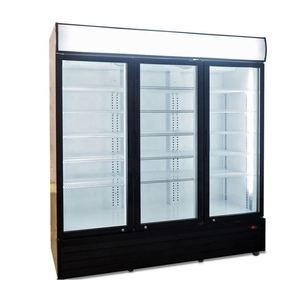
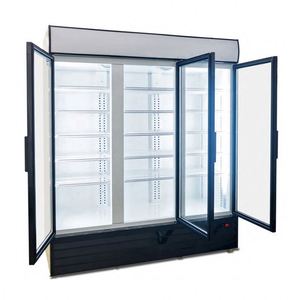


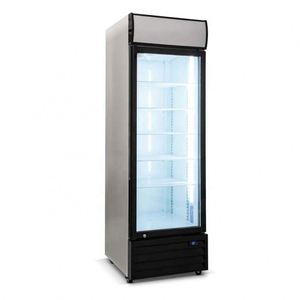





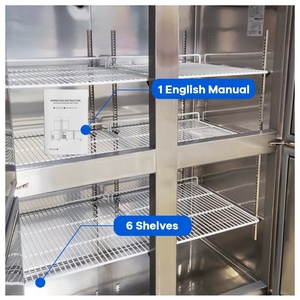
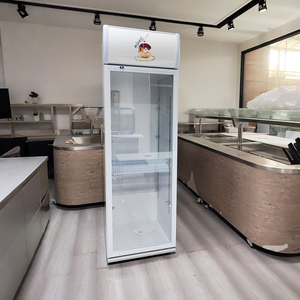
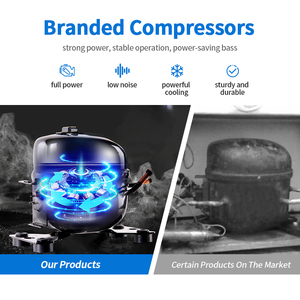

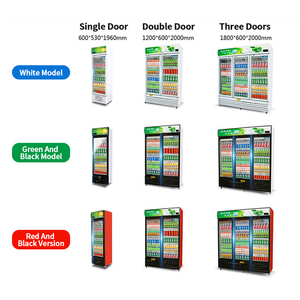


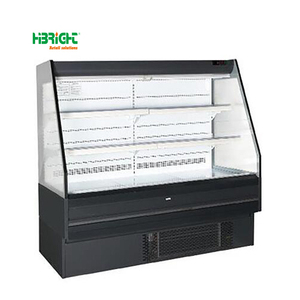



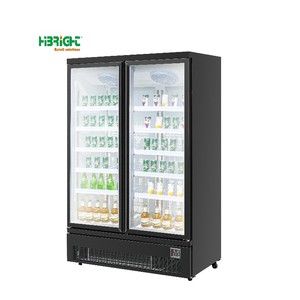
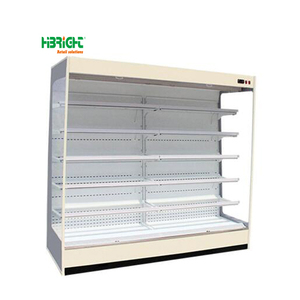



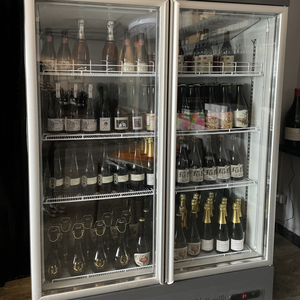



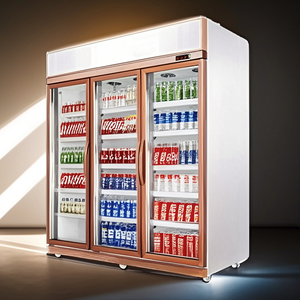

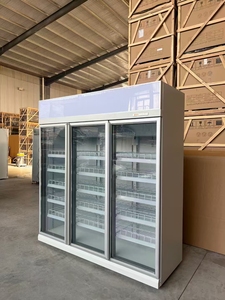

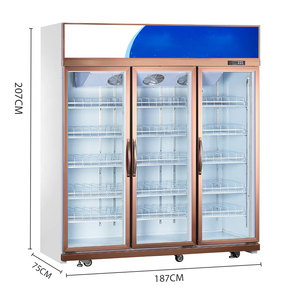

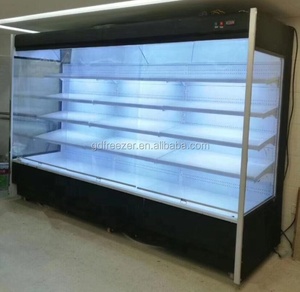




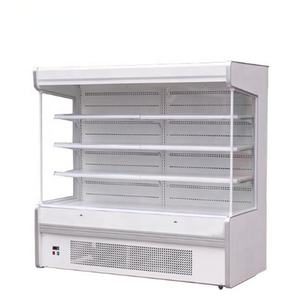
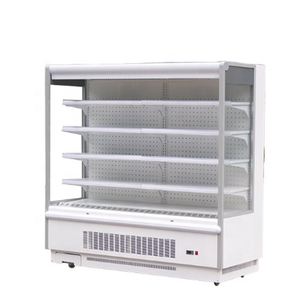

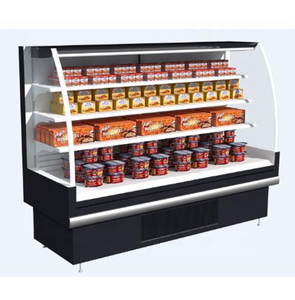




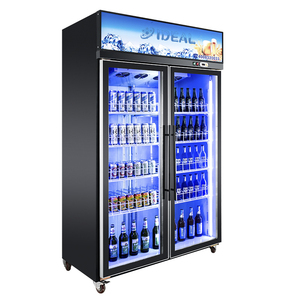






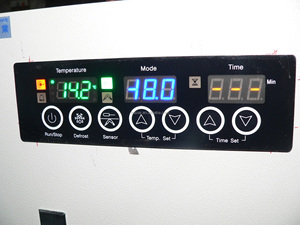
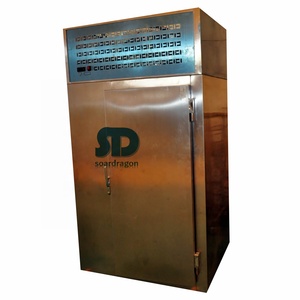
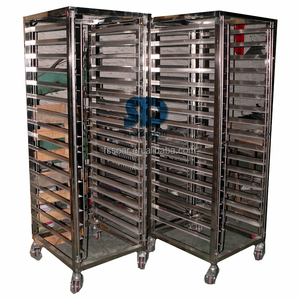






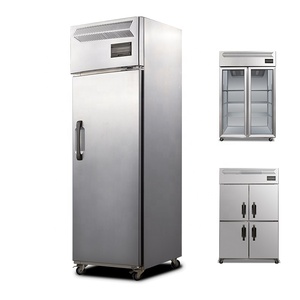























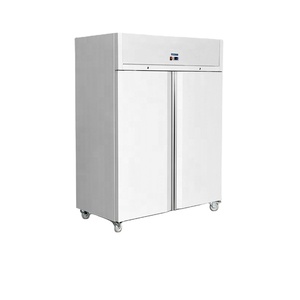
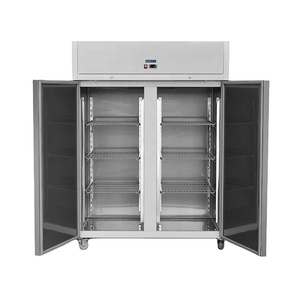

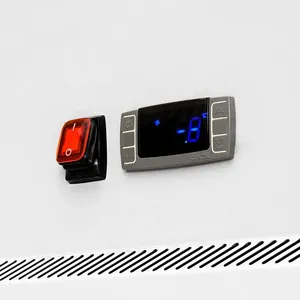
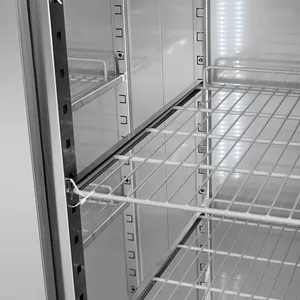
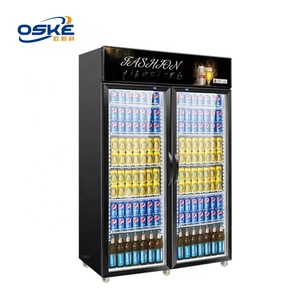





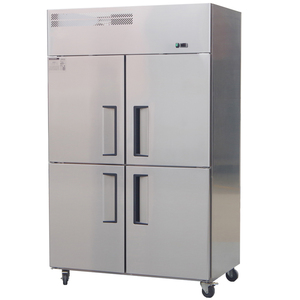













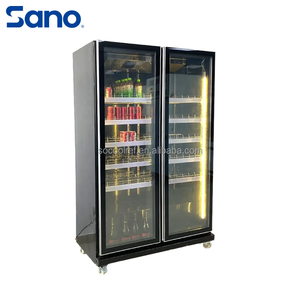




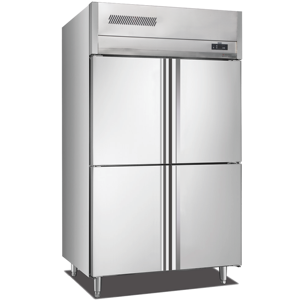

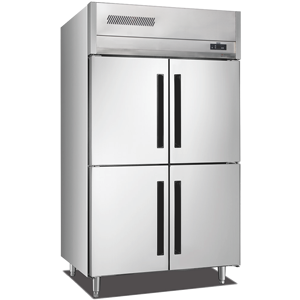








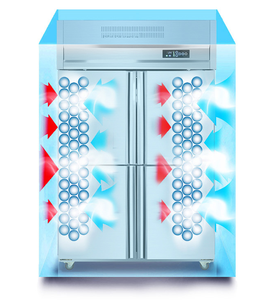




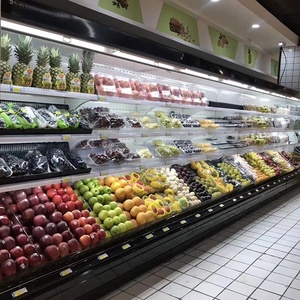







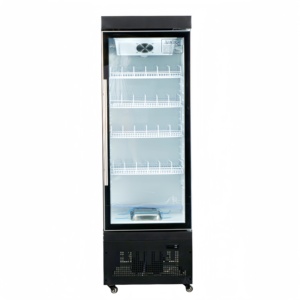




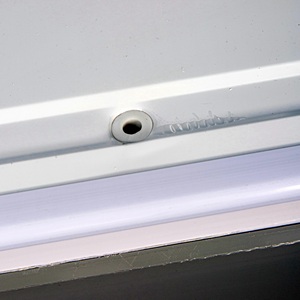
There are two basic types of chillers: air-cooled and water-cooled. Each has a few subtypes, and each type has different models. This makes it important to know about a particular kind of chiller before buying one.
Refrigerant-Based Chillers
A large portion of air-cooled chillers use chemical refrigerants. The refrigerants are usually R410A or R134A. These are great for keeping things cold. However, it's important to ensure that the refrigerants comply with safety standards. This is especially vital in regions like the EU where rules are strict.
Direct Expansion (DX) Chiller
These kinds of chillers are meant for smaller spaces. They have their own special coolant coils. This allows them to chill things fast without big setups. Food places often use them for quick cooling. Think of ice cream shops and small storage rooms.
Desiccant Chiller
Desiccant chillers cool the air. They also remove excess moisture from the air. This makes the space feel less sticky. Many buildings need this, especially in hot and humid places. It helps keep people comfortable and protects items that may be harmed by too much dampness.
Screw Chillers
Screw chillers get their name from the two rotating screws inside. They compress the refrigerant gas using these screws. This gas then cools down and gets sent out. Large buildings and factories often use screw chillers. This is because they can handle a lot of cooling work at once.
Centrifugal Chillers
This type of chiller is all about speed. It uses a spinning wheel, or "centrifuge," to compress refrigerant gas. The fast spinning helps the gas cool down really quick. Large buildings or groups of buildings often use this type because it can cool a lot of space all at once.
Food and Beverage Industry
Chillers help to keep food fresh for longer. They cool things like meats, dairy, fruits, and veggies so they don't spoil. They also help make sure drinks stay cold and last longer, too. Many places use chillers to store food safely before it gets shipped out.
Pharmaceutical Manufacturing
Medicine is made from many different chemicals. These chemicals need to be kept at very specific temperatures. If they get too hot or too cold, they won't work right. Chillers help to keep everything at just the right temperature so medicines will be safe and effective.
Plastics and Chemical Processing
Plastic and other chemical products can create a lot of heat as they are mixed and molded into different shapes. Chillers cool everything down so the plastic hardens properly. This ensures each plastic part will have the right shape and strength when finished.
Metalworking and Manufacturing
When metal parts are cut, shaped, or welded, a lot of heat is generated. Chillers cool the metal and tools to prevent damage. This keeps everything working smoothly and ensures each metal part comes out correctly without defects.
HVAC Systems
Many large buildings use chillers as part of their heating, ventilation, and air conditioning system. The chillers cool water, which is then circulated through the building to keep it at a comfortable temperature. Hospitals, schools, and office towers often rely on chillers for effective climate control.
Refrigeration System
The refrigeration system is the key part of the chiller that keeps things cool. It uses a special fluid called refrigerant to remove heat from what is inside. Different types of refrigerants can be used depending on the model. Common options are R134A and R404A.
Energy Efficiency
Chillers are rated based on how efficiently they cool things. Better-rated models use less electricity to do the same cooling job. This is important because it helps save money on energy costs over time. It is also better for the planet to use less power.
Storage Capacity
The storage capacity shows how much chiller space the unit has. Larger units can hold more items like drinks, food, or medicine. This allows them to cool bigger loads all at once. Examples of options are 1,000 liters or 2,000 liters of capacity.
Temperature Range
This range tells how low the chiller can cool things safely.Most models reach around 1 degree Celsius. Some very advanced ones can go down to minus 10 degrees. This is great for items that need extra cold temperatures.
Heat Exchanger
There are two types of heat exchangers: air-cooled and water-cooled. A heat exchanger moves heat out of the chiller. Water-cooled models are normally used in larger buildings because they are better at handling big loads. They use water to remove heat instead of air.
Choosing the Right Location
To install a chiller, first pick a spot where it will work well. It should be near the main power source and water lines. There should also be enough room for maintenance - at least three feet of space on all sides. The area should stay dry, too, so water-cooled chillers don't have issues.
Mounting the Unit
A strong base, or mount, is needed to hold the chiller steady. Chill chillers are heavy, so they need a solid surface like concrete to sit on. The mount must be level to keep the chiller working properly.
Connecting the Refrigeration Lines
Refrigeration lines carry the coolant fluid that makes the chiller cold. These lines must be connected from the chiller to anything else nearby, like storage tanks. Proper seals are important so the fluid doesn't leak out anywhere.
Water Connection
Water-cooled chillers need both cold and warm water to be hooked up. The warm water removes heat from the chiller, then gets cooled down by a tower or heat exchanger. The cold water chills the items inside the storage area, too.
Checking Electrical Power
The chiller needs electricity to run its fans, pumps, and other parts. Electricians wire the chiller to power lines to provide energy for everything to work properly.
Regular Inspections
Repairs start with checking for worn-down parts. Areas that get too much use need replacing. Key components to watch are compressors, fans, and pumps. The condenser and evaporator should also be examined often.
Cleaning
Dust and grime build-up cuts efficiency. All the major parts need cleaning often. The condenser should be scrubbed at least every month. Monthly fan and compressor cleaning is also recommended. Daily evaporator inspections are ideal, too.
Lubrication
Running parts like compressors and fans create friction. Too much friction can damage components over time. That's why lubricants, oils, and greases are important. These substances must be applied regularly as part of maintenance.
Refrigerant Level Check
A chiller's refrigerant is like the coolant in a car. It enables the creation of cold air. If a chiller doesn't have enough refrigerant, nothing inside will get chilly. The fluid temperature and pressure are examined during maintenance to determine whether more is needed. Not doing this could result in a broken chiller.
Cooling Fan Maintenance
The fan above the compressor cools hot refrigerant gas. Dust can gather over time and weaken airflow. This forces the compressor to work harder, leading to potential damage. Maintenance includes checking for grime stuck in the cooling fan.
Condenser Coil Cleaning
The condenser coil helps cool and move the refrigerant. Dust buildup makes it difficult for the chiller to cool things down. The coil must be inspected regularly. It's also smart to schedule cleaning before busy times.
Storage Temperature
This is very important. It directly affects how long food and drinks can stay fresh. The chiller must keep everything at the right cold temperature. It should never go above 4 degrees Celsius for most items. Some things need even colder temperatures, like ice cream.
Uniform Cooling
All areas inside the chiller should be equally cold. If one side is warmer, things there could spoil faster. Air must circulate well so every item stays at the correct temperature.
Materials
The materials used to build the chiller are very important. They have a huge effect on the chiller's quality, though. A strong, durable metal like stainless steel is the best choice. It resists rust and damage. This keeps the inside clean longer. Plastic or weak metal parts can break too easily.
Insulation
Good insulation keeps the cold air inside. It prevents warm outside air from entering to keep everything fresher longer. Insulation also saves energy by cutting down how much power the compressor uses. Look for models with thick walls or special insulating materials.
Proper Installation
A poorly installed chiller can leak dangerous chemical substances. And leaking chemicals is toxic to both people and the environment. Installing the chiller correctly ensures a secure seal that stops any leaks from occurring.
Regular Maintenance
Regular maintenance is crucial to keep the chiller in safe working order. Dirty fans, clogged coils, or worn parts can all impact airflow. This creates hot spots where food could spoil. Bad airflow also increases the risk of overheating, which may ignite components. Frequent checks catch issues before they become dangerous problems.
Emergency Shut-off System
This is a safety feature that quickly powers down the chiller. Manufacturers add it in case of any emergency situation. For example, if the chiller becomes too hot or faces a power surge, the system instantly shuts everything off. This prevents airflow issues or overheating that could cause harm.
Security Locks
Small children or pets exploring the chiller could ingest harmful items like chemicals or even food meant for storage. Adding a lock or secure access control prevents unauthorized access. This keeps curious little ones away from danger.
Chillers keep things like food and medicine cold. They are often used in warehouses, factories, and restaurants. Many large buildings also use them for air conditioning.
If well taken care of, a chiller can last between ten and twenty years. Regular maintenance helps them run longer, though.
Some refrigerants are controlled by laws, though. This means permits may be required in certain areas. It is always best to check local regulations to be safe.
Energy-efficient models use less power. However, larger units may use more electricity than regular appliances to meet heavy demands.
Inspections, cleaning, lubrication, and refrigerant checks should be done regularly to keep the machine from working too hard or becoming unsafe.